How to Control Google Slides from Your Phone (iPhone, Android)
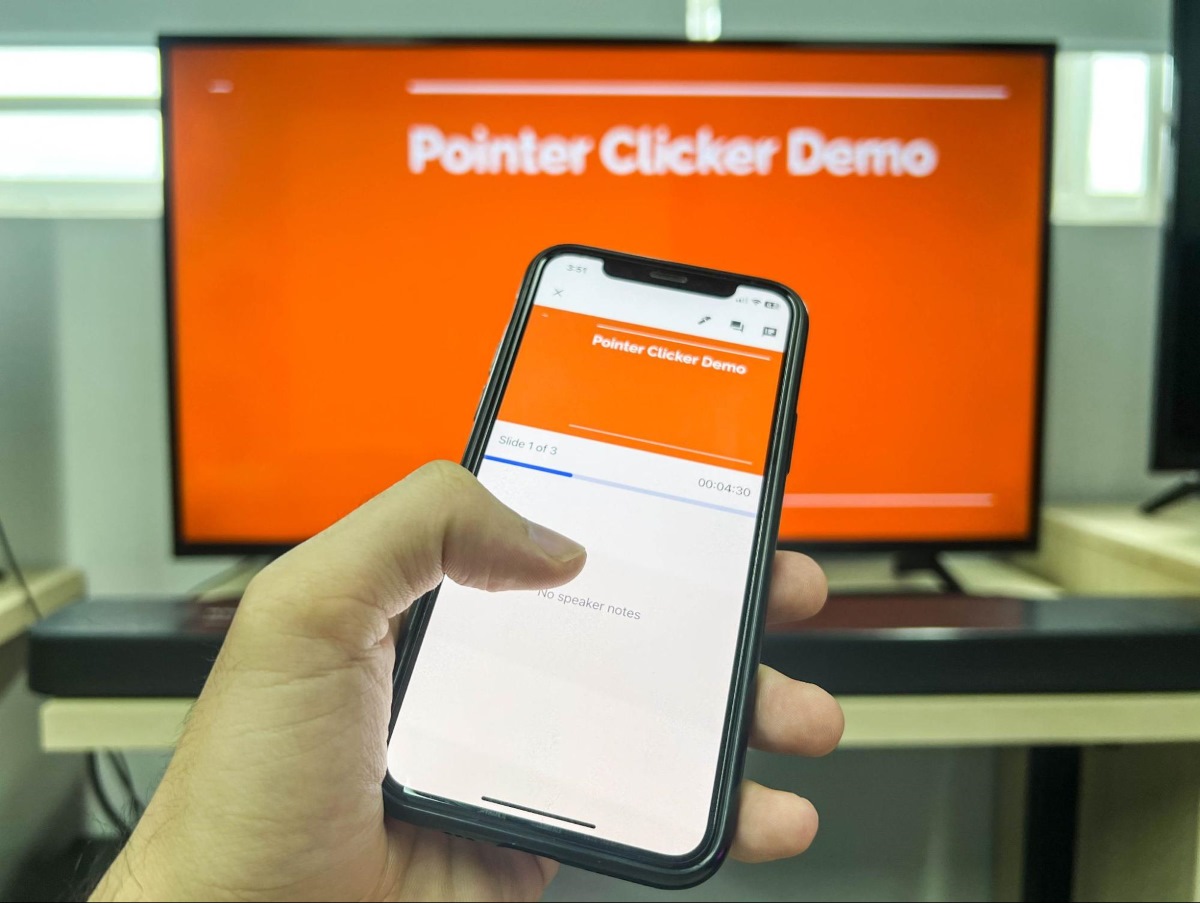
What To Know
- Installation and Compatibility: Download Google Slides on your iPhone (iOS 15.0 or later) or Android (8.0 or later) phone to manage presentations.
- Casting to Display Devices: Cast Google Slides from your phone to a smart TV or projector by ensuring both devices are on the same Wi-Fi network and use Airplay or Chromecast for connectivity; use a dongle if these features aren’t built-in.
- Slide Management from Phone: Use your phone to control the slide presentation by swiping to navigate, tapping the Pen sign to draw, engaging with audiences via Q&A, and using the Thumbnail icon to preview slides.
In this article, I’ll show you three quick steps for controlling Google Slides from your iPhone or Android phone.
Let’s get started!
Quick Navigation
Step 1: Download Google Slides on Your Phone
Download the app (iPhone, Android) first to start using or managing Google Slides on your smartphone.
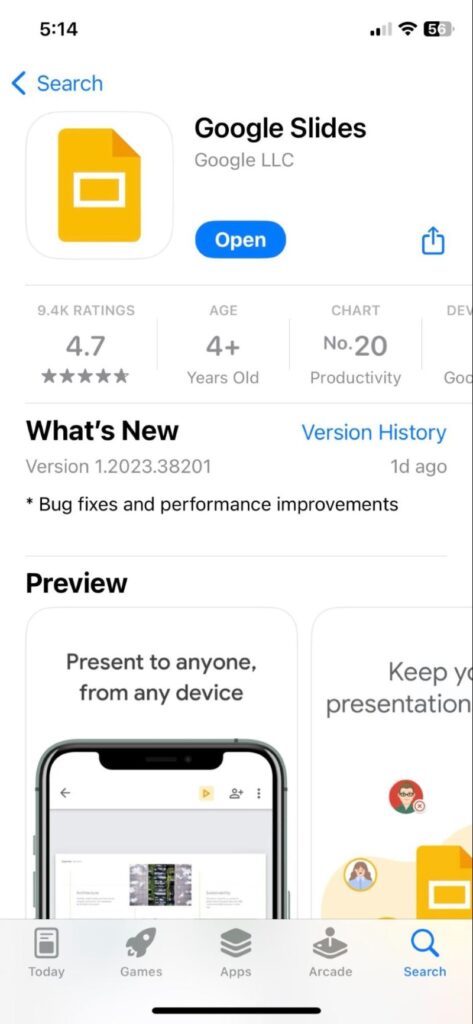
If using an iPhone, ensure it’s running iOS 15.0 or later versions. Your Android device must be Android 8.0 or later to download the presentation app.
The Google Slides app is likely not supported on older iOS and Android versions due to technical limitations and security concerns that may arise with older software.
Step 2: Cast Google Slides from Your Phone to a Smart TV or Projector
Once you’ve downloaded the app, proceed to cast the app to your TV or projector from your phone.
Ensure the casting and display devices are on the same Wi-Fi so that the data transfer required to cast the phone’s content to the TV via the local network happens seamlessly.
Your TV or projector should support Airplay (iPhone) or the integrated Chromecast feature to cast the mobile device content.
Without these specific communication protocols, your TV cannot interpret your mobile device’s signals, even if the devices use the same Wi-Fi.
What if my TV has no built-in Airplay or Chromecast? You can install the respective applications from the app store or use additional hardware (Apple TV or Chromecast dongle).
When the Airplay or Chromecast feature is built into the TV, the integration is smooth and seamless, not requiring complicated setup procedures or additional cables.
Most TVs sold on the market currently are “smart.” Projectors, on the other hand, haven’t upgraded at the same pace across the board.
In other words, if your projector cannot connect to the internet natively, hook it up with a streaming device to lend it that capability. To learn how to do that, read our article “How to Connect Your BenQ Projector to Wi-Fi?”
Once your devices are ready to cast, follow these steps that I employed to launch Google Slides onto my Sony television from my iPhone as a demonstration:
Step 1: Swipe down on your iPhone to access the Control Center. Next, tap the Screen Mirror icon.
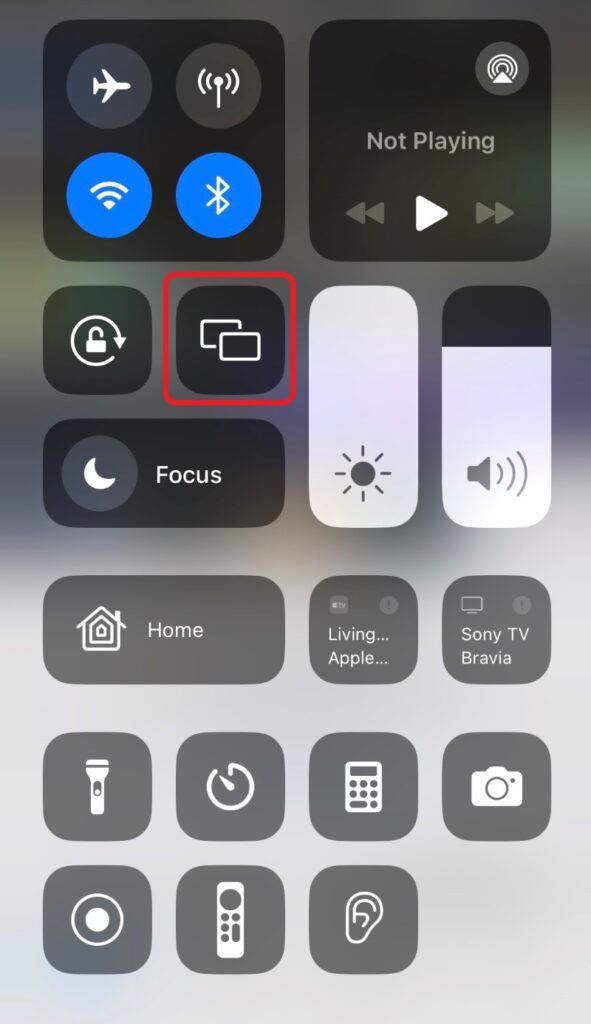
Step 2: Tap your Sony TV’s name from the list of devices to cast to. You could be asked to enter the Airplay code on the TV screen into your phone. If so, type in the code.
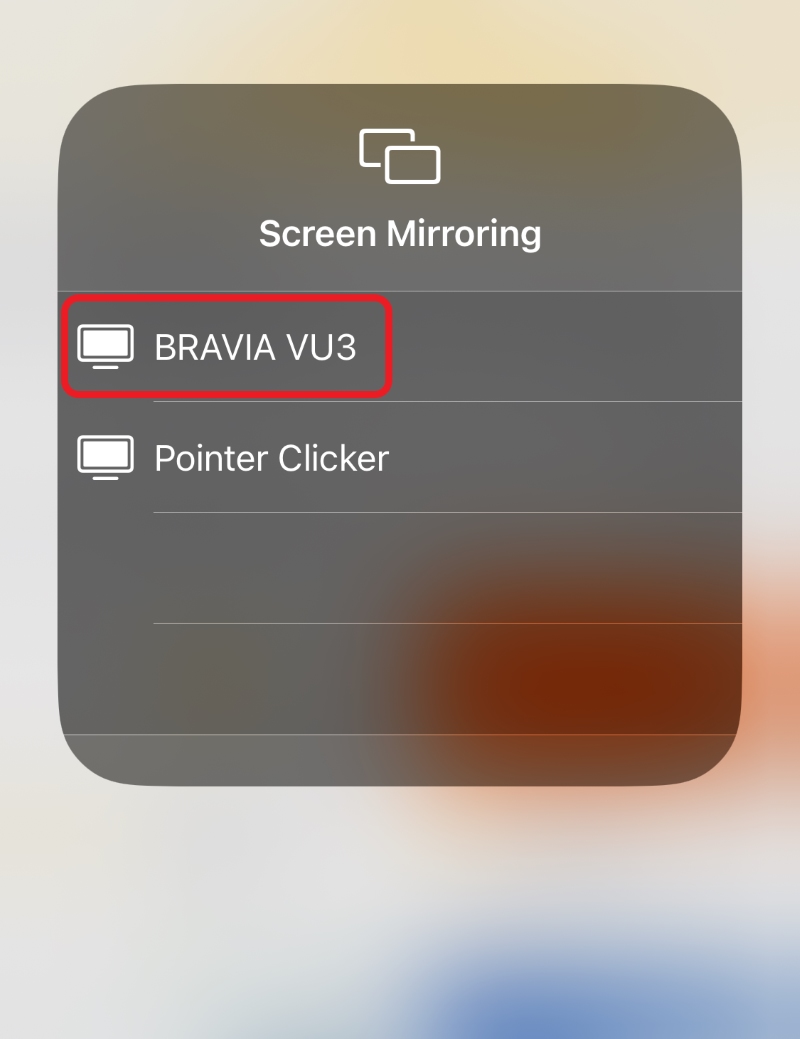
Step 3: Open the Google Slides application on your Apple device.
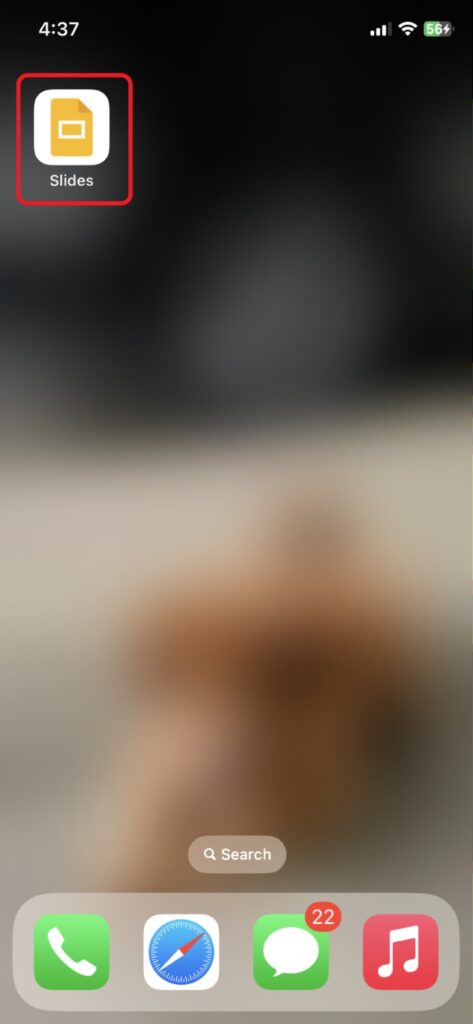
Step 4: Open any slide in the app—for instance, any recently opened file.
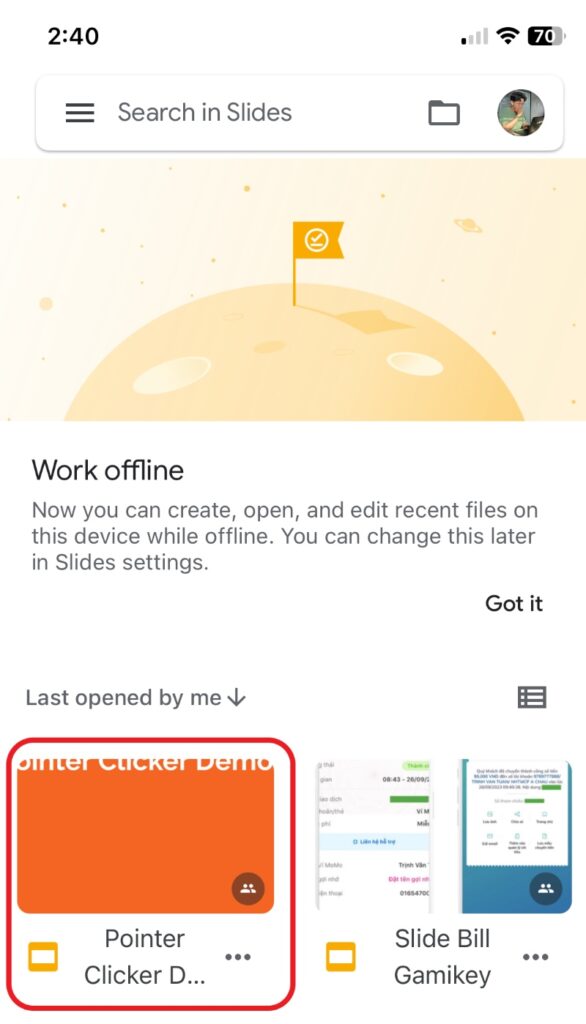
Step 5: Hit the Play icon at the top.
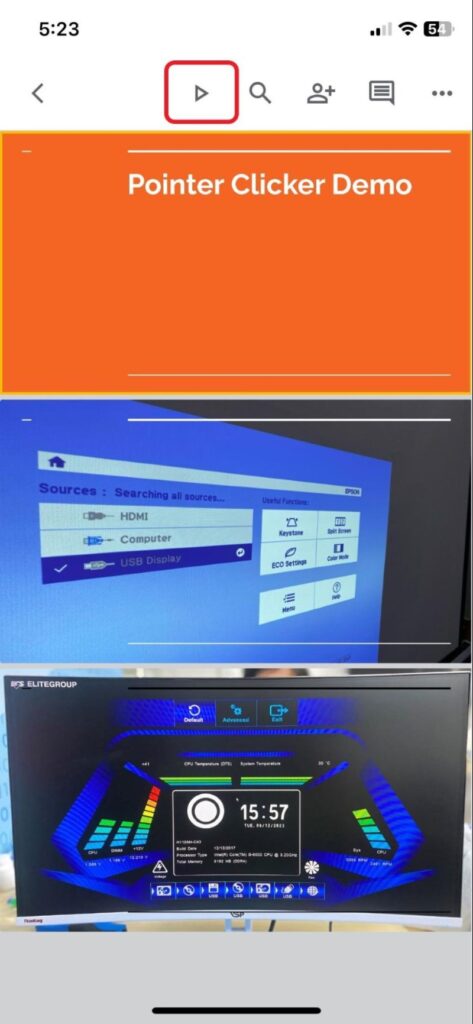
Step 6: Choose the Present to external display option.
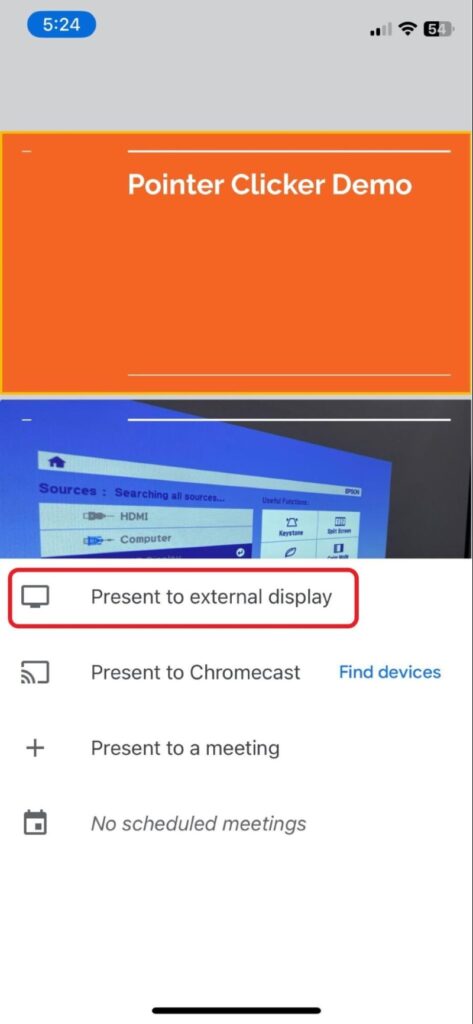
You should now be able to see the presentation on your television in full-screen mode.
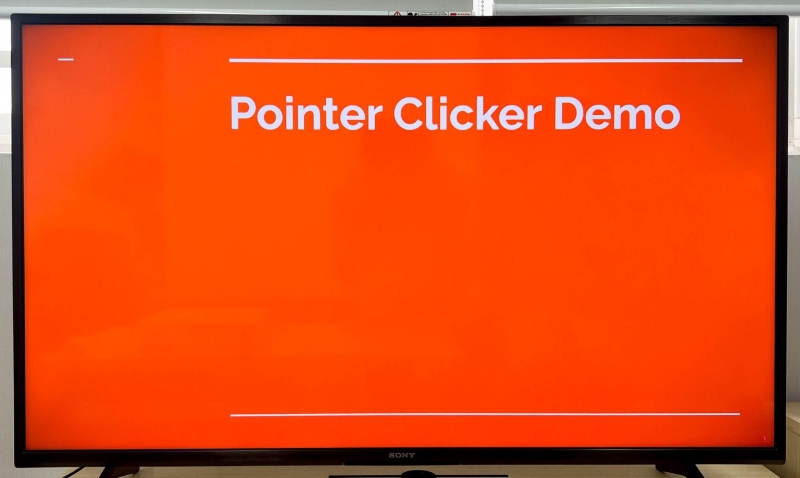
Your phone, on the other hand, will show the speaker view as shown below.
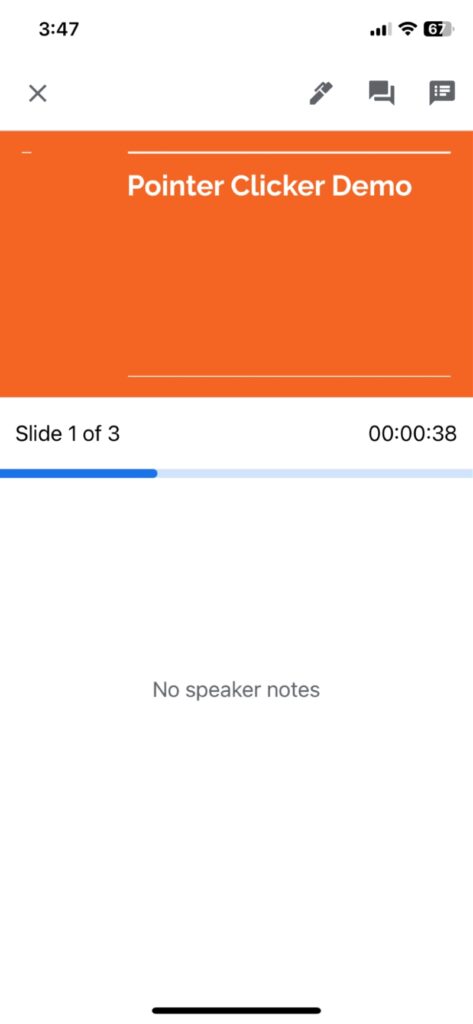
In the following section, we’ll learn to manage Google Slides using your smartphone.
Step 3: Control Google Slides with Your Phone
Working with Google Slides using a mobile device is convenient for managing and being flexible during presentations.
Overview Table
Your smartphone lets you control Google Slides in multiple ways.
Here is an overview of the various actions you could perform to manage Slides using your phone.
| Action | Meaning |
| Swipe right on your phone | Head to the subsequent slide |
| Swipe left on your phone | Return to the earlier slide |
| Tap the Pen sign | Turn on drawing on a slide directly |
| Tap the Q&A sign | Begin with the Audience Q&A section |
| Tap the Thumbnail icon | Display the existing and subsequent slides on the phone screen |
1. Basic Actions
Swipe right on your mobile device to head to the following slide.
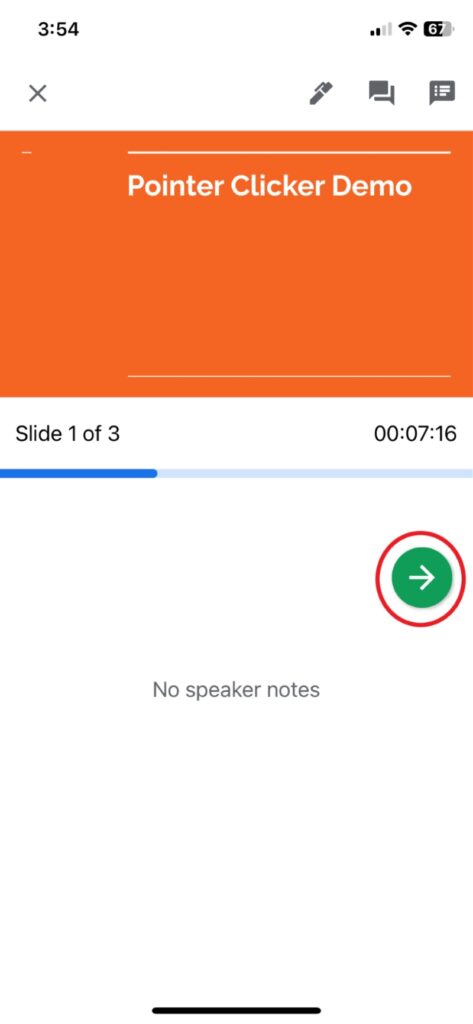
Swipe the opposite (left) side to return to the previous slide.
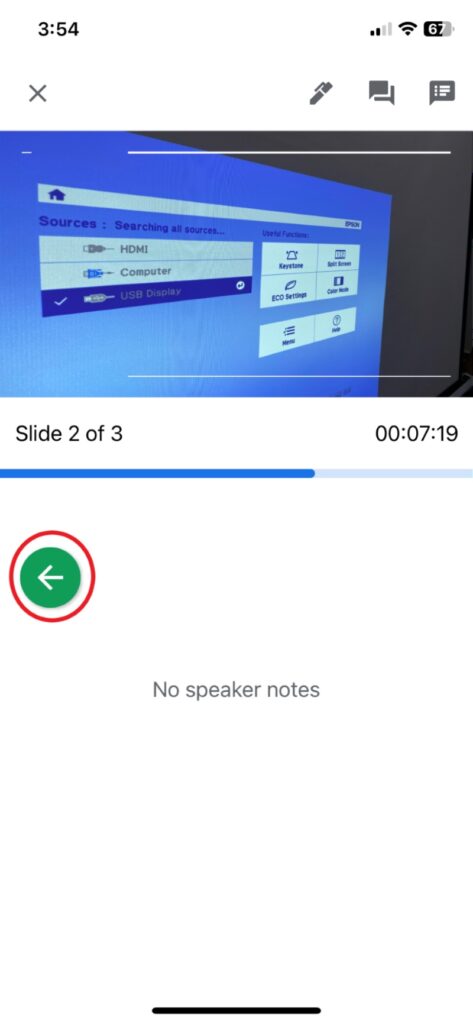
Note: If there are speaker notes in your slides, you shall be able to see them on your mobile device, as pictured below.
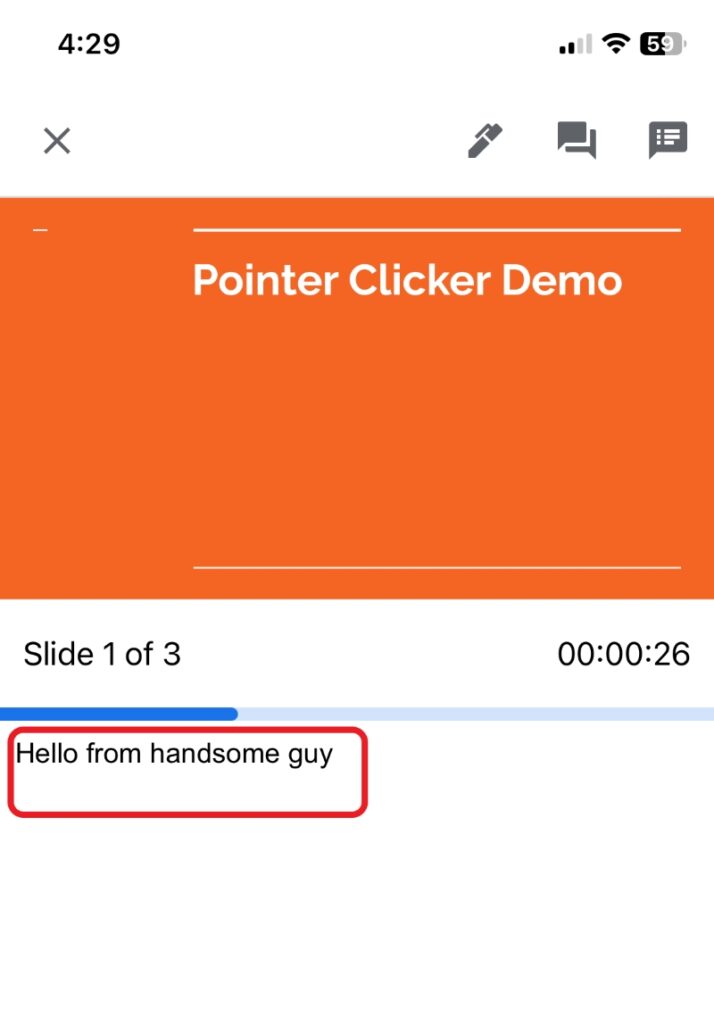
2. Draw on the Slide
Tap on the Pen sign on your smartphone to draw on your slides.
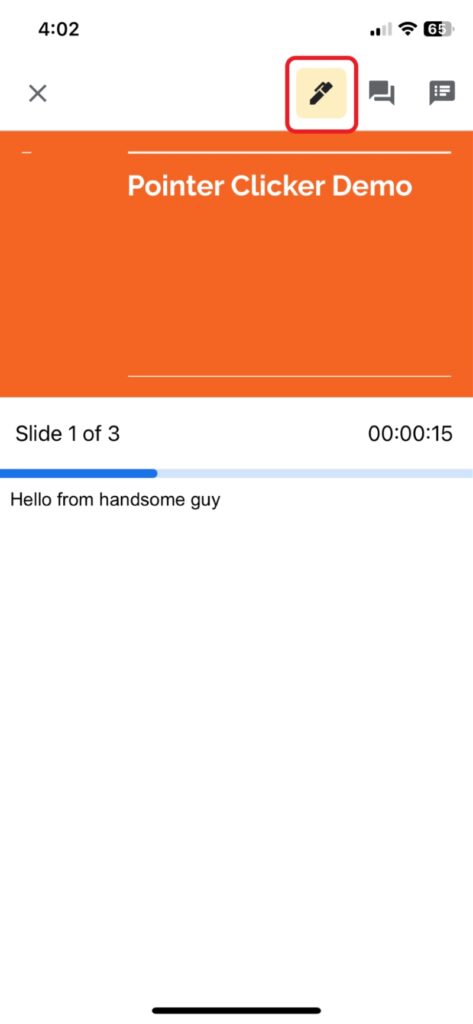
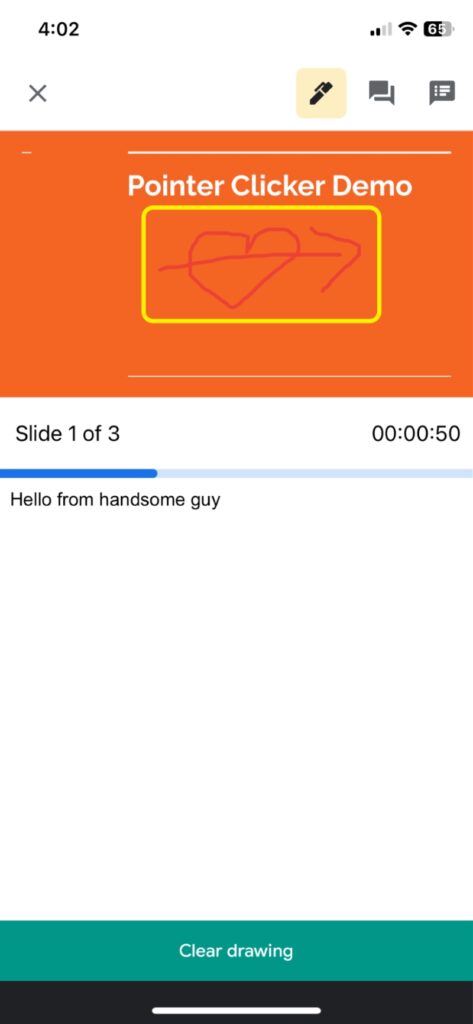
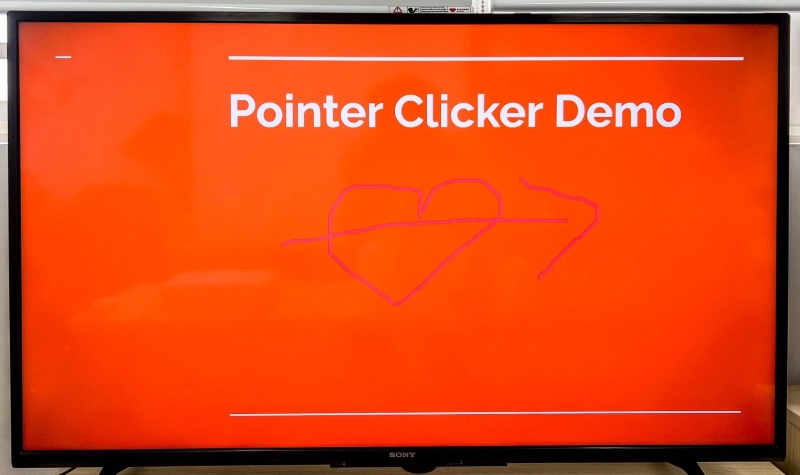
Tap “Clear drawing” to delete already made drawings.
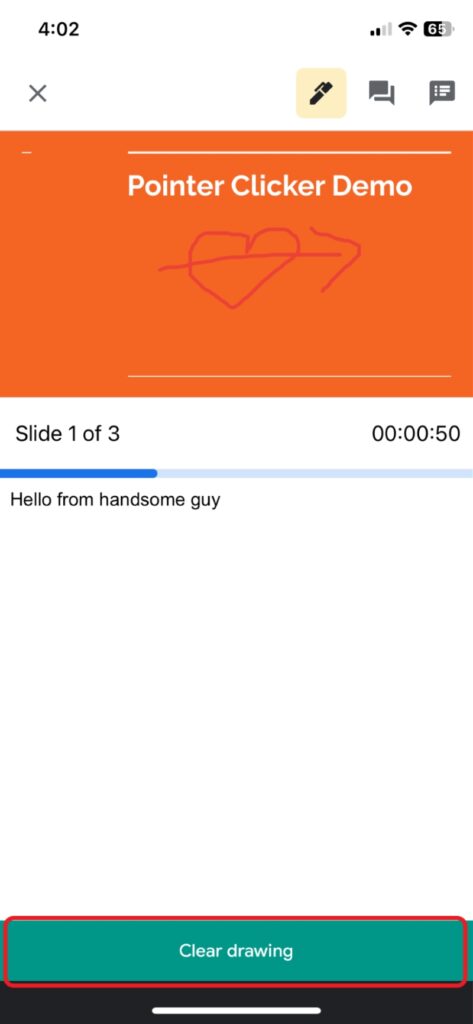
3. Start a Q&A Section to Interact with Audiences
Tap the Q&A sign to launch the Q&A section and converse with your audience.
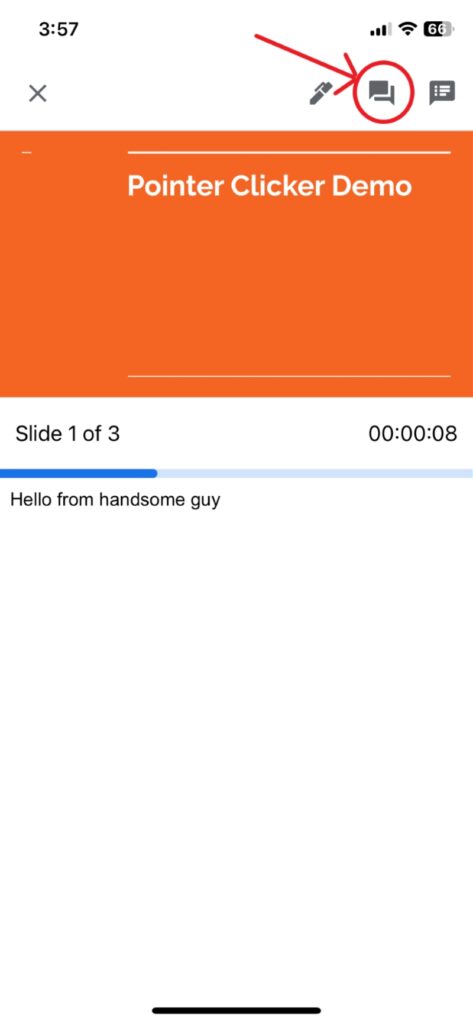
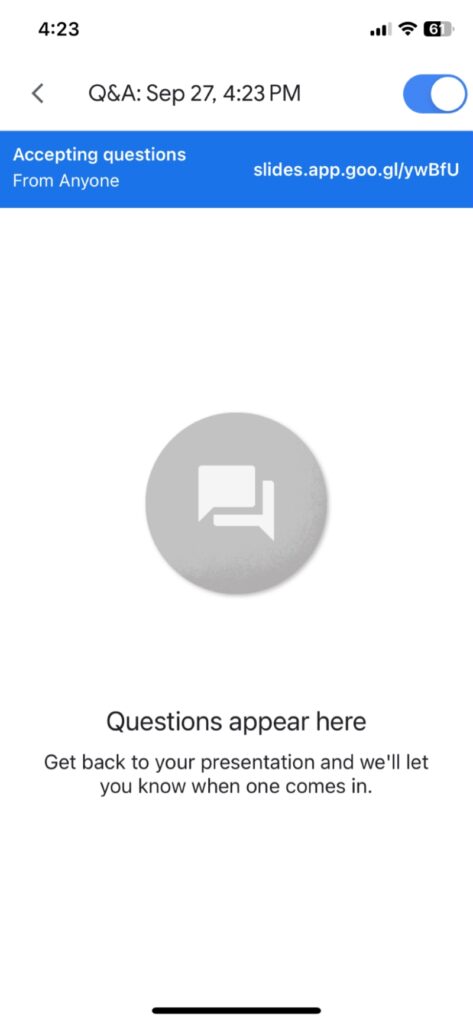
A link will show up on the television screen.
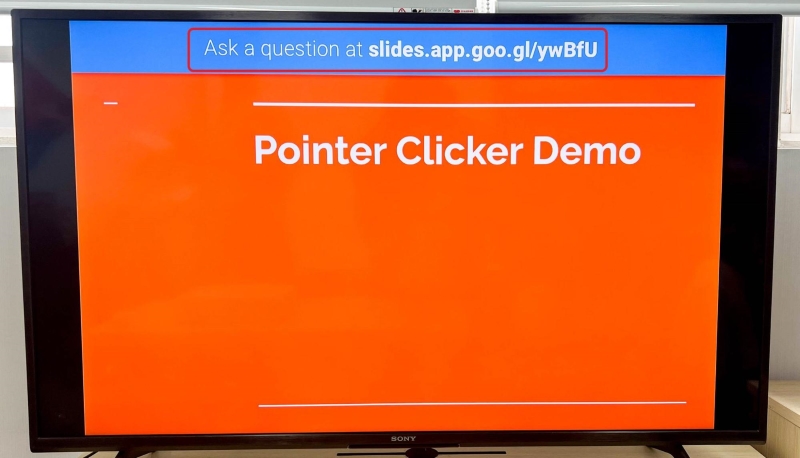
The audience members keen to ask questions must open the link in a browser. The link will lead them to a Q&A interface wherein they can input and send their queries or doubts.
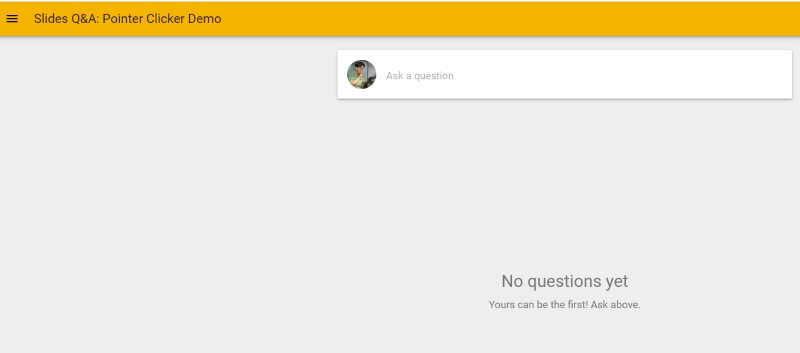
The questions can also be put forward anonymously. Why anonymity? Because it increases audience participation, especially among those hesitant to share their thoughts if their identity is revealed.
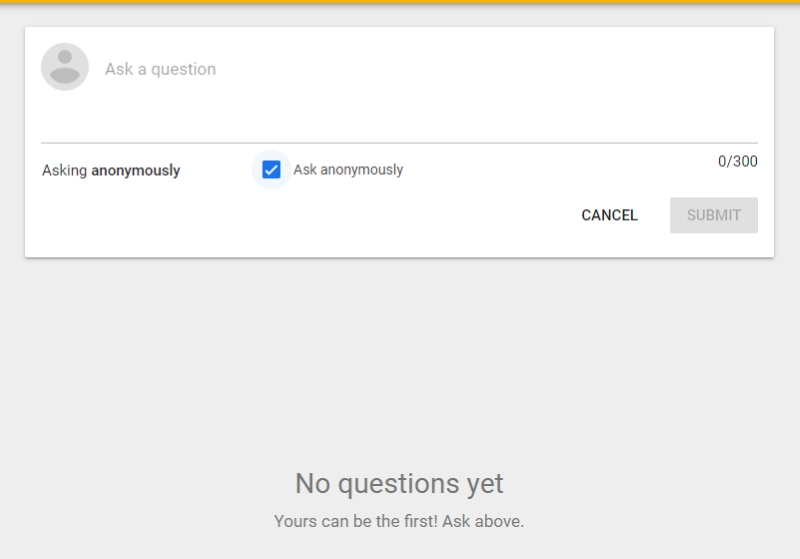
Once a question is asked, you will receive a notification like the one below on your smartphone, alerting you that a query has been submitted.
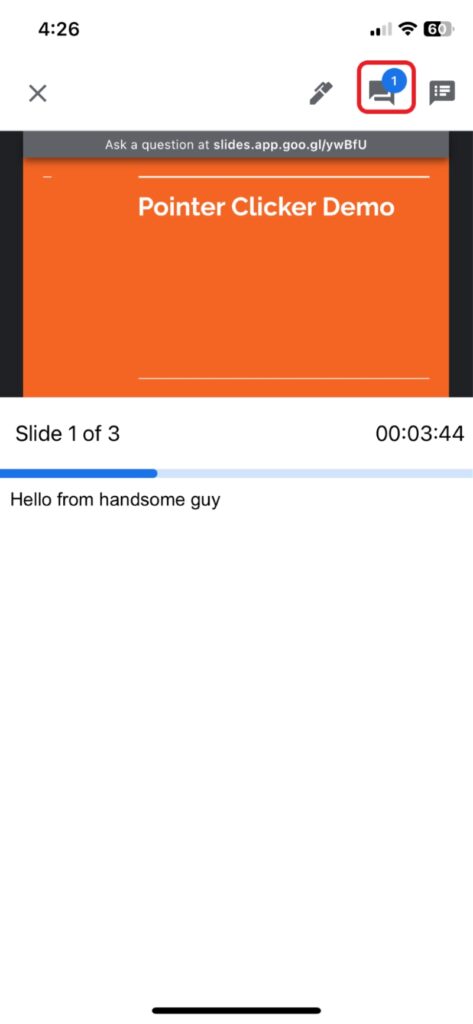
To display the question on the television screen, simply checkmark the question.
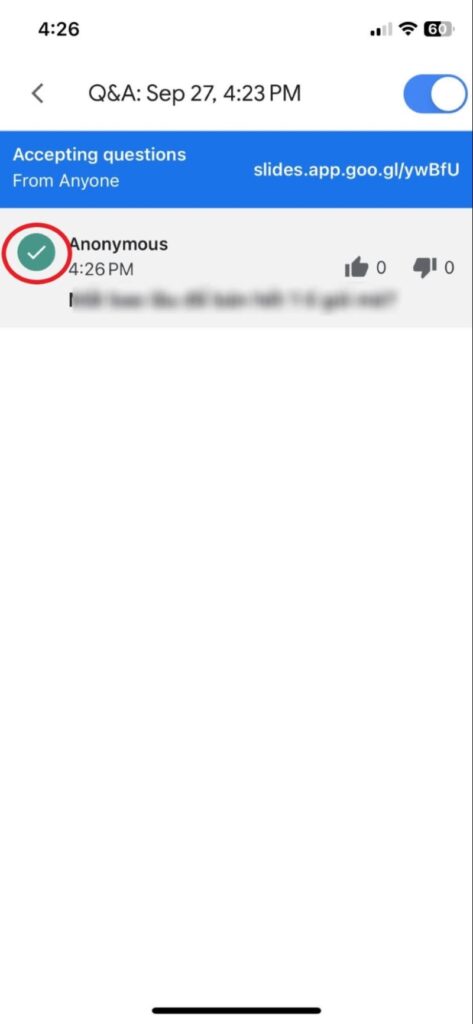
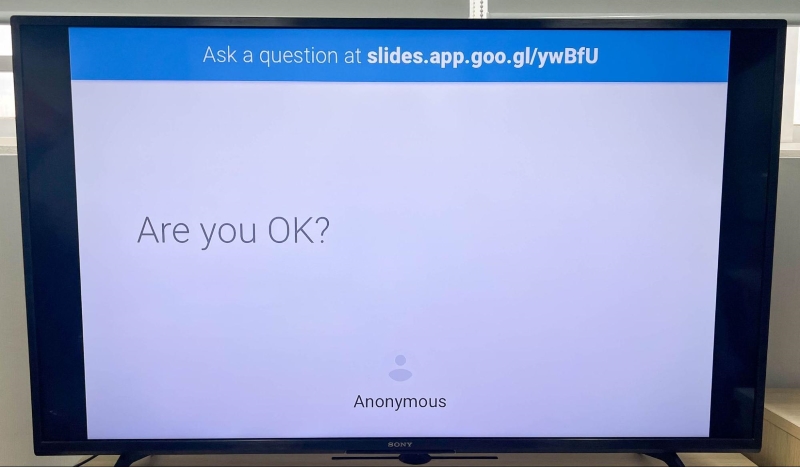
If you find a question inappropriate or redundant, ignore it and move to the next question(s).
4. Overview of the Current and Next Slide
Tap the Thumbnail sign on your smartphone.
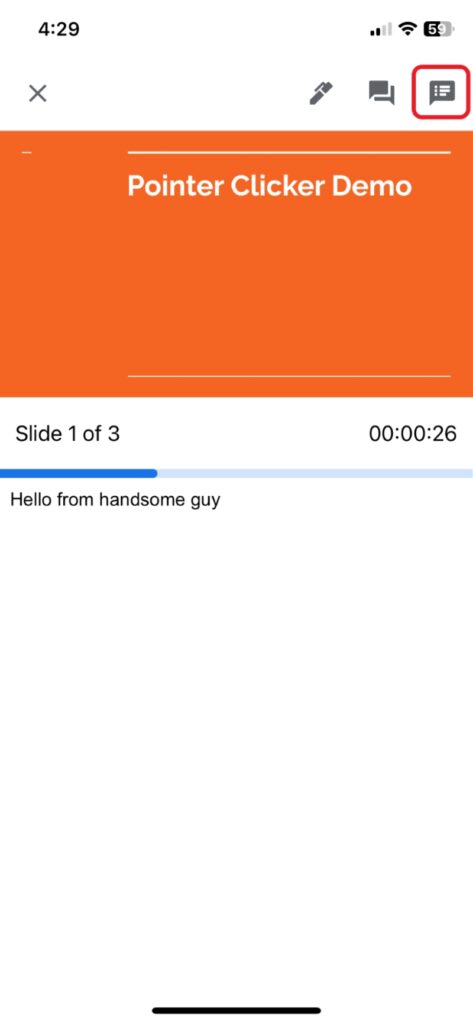
You shall see both the existing and subsequent slides while presenting, as shown below.
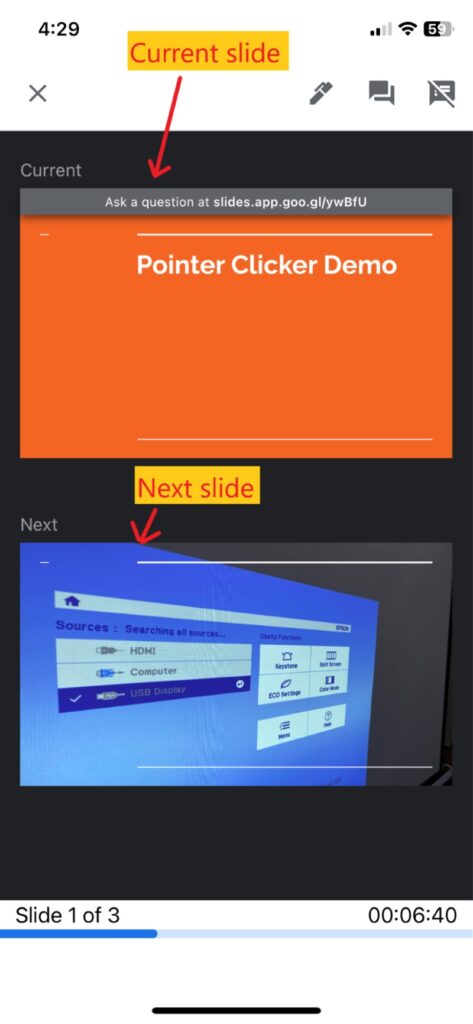
Bonus: Remote for Slides (Google Chrome Extension)
You can manage Google Slides right from your web browser using the “Remote for Slides” Chrome extension. The extension also comes as an Android app called the “Remote for Slides Lite” Android app.
If you are an Apple user, don’t worry; there is a solution.
Note that the Chrome extension and the Android app are third-party products, not official Google offerings.
Lim Henry, a Malaysian developer, is behind the extension and the app. So, thanks to him for making our lives easier.
App salient features:
- The controls to go to the next and previous slides are minimal and have easy-to-use large buttons.
- The integrated timer at the app’s bottom helps track presentation duration.
- The built-in speaker note with an adjustable font size helps you remember key presentation points.
- The app supports multiple languages (8 in total): English, Catala, Espanol, Francais, Euskera, Polski, Traditional Chinese, and Simplified Chinese.
- There’s a built-in dark/black mode, ideal for OLED screens.
To download and install the extension and app on your computer and phone, respectively, follow the below instructions:
Step 1: Open this link on your Chrome (or any Chromium-based) browser. Click on Add to Chrome to install the Remote for Slides extension.

Step 2: After installing the extension, visit this page to access the Google Slides site. Open your presentation slides as shown below.
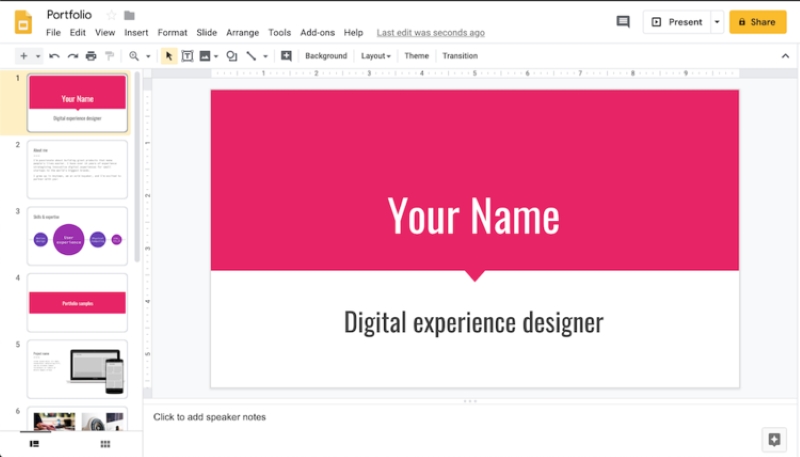
Step 3: At the top right of the slide, you’ll see the Present w/ Remote button. Click the button to begin your presentation.

Step 4: Look for a black bar with a Slide ID at your slideshow’s bottom. It lets you access the slide’s control panel from your mobile phone. In the example given below, the ID is 684442.

You are now done with one leg or the computer side of the preparation.
The second phase entails installing the Android app or launching a website using an iPhone.
- Android: From Google Play, download and install the Remote for Slides Lite app.
- iPhone: Open this Remote for Slides page instead.
Both routes lead you to a screen where you must input the Slide ID, as explained above in the fourth step.
Enter the ID code and hit Connect. A control board will appear to facilitate seamless slide control. You’ll also see a timer for effective time management.
If you’ve come this far without hiccups, it means you’ve successfully set up your presentation remote control. You may now test the remote to see how it works in the real world.
Check against all the claimed features, including the option to include speaker notes, set the timer, change the language, etc.
Conclusion
Google Slides is slowly but surely encroaching on the digital presentation space.
And with the increasing popularity, people want more flexible or versatile ways to use the tool on different devices and platforms.
The ability to control Slides using your phone is a convenient feature, and kudos to Google for the provision.
But being able to use the functionality doesn’t mean “turning on the faucet, and the functionality flows.” You’ll have to do some setting up and preparing beforehand.
We believe that this article will let you in on everything you must know to roll with controlling Google Slides with your phone.
And if you were unaware of the feature, this write-up will serve as your comprehensive guide.
Catherine Tramell has been covering technology as a freelance writer for over a decade. She has been writing for Pointer Clicker for over a year, further expanding her expertise as a tech columnist. Catherine likes spending time with her family and friends and her pastimes are reading books and news articles.


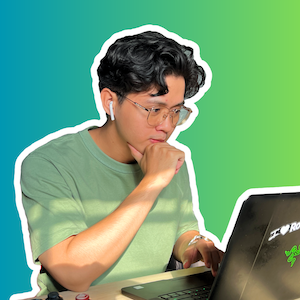
I followed the steps, put in the code on my phone, paid a donation and didn’t receive the control board that you mentioned. what did I do wrong?
Thank you for reading our post, Jacqueline.
You don’t actually need to make a donation (but you have done that, the author will thank you).
You can access the control board on the web page at https://slides.limhenry.xyz/
Or install the Android app here https://play.google.com/store/apps/details?id=xyz.limhenry.slides.lite
Let me know if these work for you ?